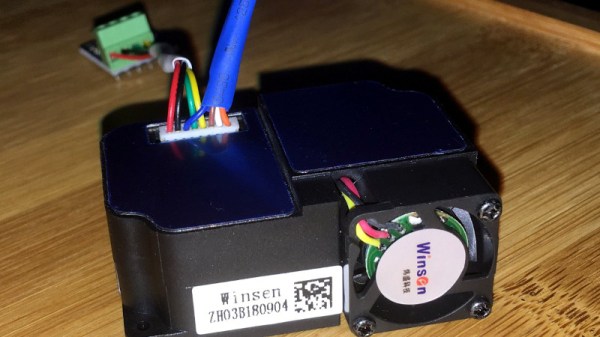Are you one of the lucky ones to own a Hackaday Supercon 2022 badge? Would you like to make it even easier to program than it already is? [brokebit] has exactly the project you might’ve been dreaming of all along — it’s a Supercon 2022 Badge programming adapter. With pass-through for all badge pins, four buttons, a total of ten DIP switches and four LEDs, the sheer IO of this add-on makes good use of the badge’s expansion header. But that’s not all, as there’s a USB-UART converter accessible through a MicroUSB socket.
Using mostly through-hole components, this board won’t leave you digging through parts drawers for exotic buttons or pin headers; most everything is jellybean. The pass-through capability of the adapter means that other badge add-ons will be compatible and you can even use this adapter to debug them, with DIP switches helping you disconnect whatever onboard circuitry interferes. For instance, if you’re not looking for USB-UART functionality provided by the classic CP2102, the dual DIP switches are right there for you to disconnect it on the fly.
The board is 6 layers, but since the quoted price was the same as a 4-layer board, it made for a more comfortable layout. Want a refresher on the badge? Here you go, and here’s our write-up about it before Supercon. Hackers have been stretching the limits of what the 2022 badge can get done — here’s a punch card reader, for instance.















